Simulated diamonds are man-made materials that closely resemble real diamonds in appearance. They are created in a laboratory using various methods to replicate the physical and visual characteristics of natural diamonds without being formed from carbon.
These diamonds are a more affordable alternative to natural diamonds and offer eco-friendly options for consumers.
Table of Contents
Are Simulated Diamonds Worth Anything?
Simulated diamonds are man-made materials that closely resemble real diamonds. These lab-created alternatives offer a more affordable and environmentally friendly option for those seeking the beauty and elegance of diamonds.
Types of Simulated Diamonds available
There are several types of simulated diamonds available, including cubic zirconia, moissanite, and white sapphire. Each type has its own unique characteristics and levels of brilliance, making them suitable for various preferences and budgets.
Characteristics of Simulated Diamonds
Simulated diamonds have varying physical properties depending on the type. They can mimic the visual appearance of real diamonds, but may lack the same level of brilliance and sparkle.
Physical properties of Simulated Diamonds
Simulated diamonds have varying physical properties depending on the type. They can mimic the visual appearance of real diamonds, but may lack the same level of brilliance and sparkle.
Visual appearance and quality compared to real diamonds
Simulated diamonds may have a similar visual appearance to real diamonds, but they often lack the same level of brilliance and sparkle. The overall quality and value of simulated diamonds are generally lower than that of natural diamonds.
Reasons to Consider Simulated Diamonds
Simulated diamonds are worth considering for those who are looking for cost-effective options and want to make an environmentally-friendly choice.
Cost-effectiveness of Simulated Diamonds
Simulated diamonds are significantly more cost-effective than real diamonds, offering a more affordable option for those on a budget. They allow individuals to enjoy the look and feel of a diamond without the high price tag. Furthermore, simulated diamonds do not require expensive mining processes, making them a more economical choice for environmentally-conscious consumers.
Eco-friendly aspects of choosing Simulated Diamonds
Choosing simulated diamonds can be an eco-friendly choice. Simulated diamonds do not require mining, reducing the environmental impact associated with traditional diamond mining practices.
Drawbacks of Simulated Diamonds
While simulated diamonds offer affordability and eco-friendliness, they have some drawbacks. Simulated diamonds lack the durability and longevity of real diamonds and may not hold their value for resale or investment purposes.
Durability and longevity of Simulated Diamonds
Simulated diamonds lack the durability and longevity of real diamonds. They are more prone to scratching, chipping, and fading over time, making them less suitable for everyday wear and tear.
Resale value and investment considerations
Simulated diamonds have little to no resale value and are not considered as investments. Unlike real diamonds, they do not retain or increase their value over time.
How to Differentiate Between Simulated and Real Diamonds
To differentiate between simulated and real diamonds, there are a few methods you can use. One way is through testing methods, such as using a diamond tester or examining the refractivity and hardness of the stone.
Another way is to rely on expert tips, such as looking for imperfections or using a loupe to inspect the stone. By using these techniques, you can confidently distinguish between simulated and real diamonds.
Testing methods for Simulated Diamonds
To determine if a diamond is simulated, testing methods such as using a diamond tester or examining its refractivity and hardness can be employed. These techniques can help differentiate between simulated and real diamonds.
Expert tips for identifying Simulated Diamonds
When trying to determine if a diamond is simulated, experts suggest examining the stone closely for any imperfections or inconsistencies. Simulated diamonds may have noticeable flaws or color variations that are not typical of real diamonds.
Additionally, professionals recommend seeking the opinion of a certified gemologist who can provide expert insight and use advanced testing methods to confirm the authenticity of the diamond.
Conclusion
In conclusion, while simulated diamonds may offer a cost-effective alternative to real diamonds, they lack the intrinsic value and investment potential. Consumers should carefully consider their preferences and priorities when making a decision.
Conclusion
In conclusion, the value of simulated diamonds lies in their cost-effectiveness and eco-friendly nature. However, they lack the durability and investment potential of real diamonds. Consumers should consider their priorities when deciding between the two options.
Comparison with real diamonds and consumer recommendations
When comparing simulated diamonds to real diamonds, it is important to consider the value and investment potential. Simulated diamonds offer a more cost-effective option, but lack the durability and resale value of real diamonds.
Consumers should carefully evaluate their priorities and budget before making a decision.
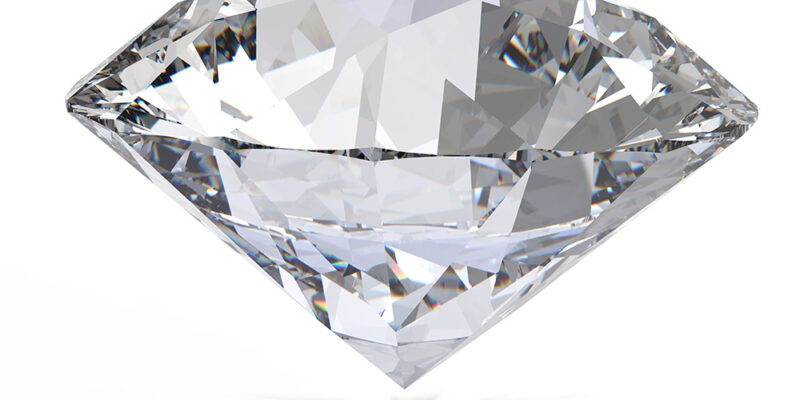
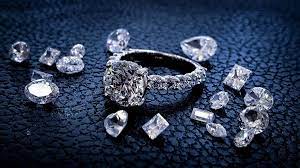
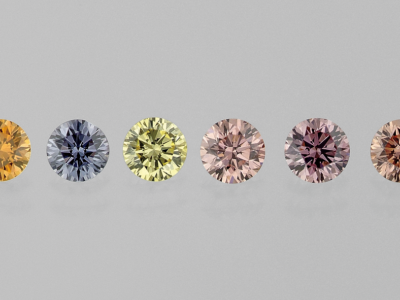

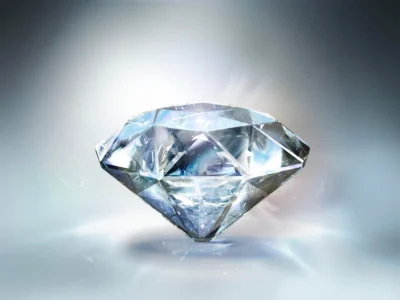
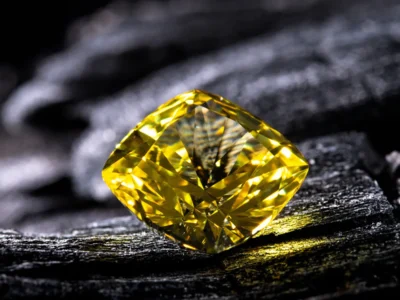

Comments